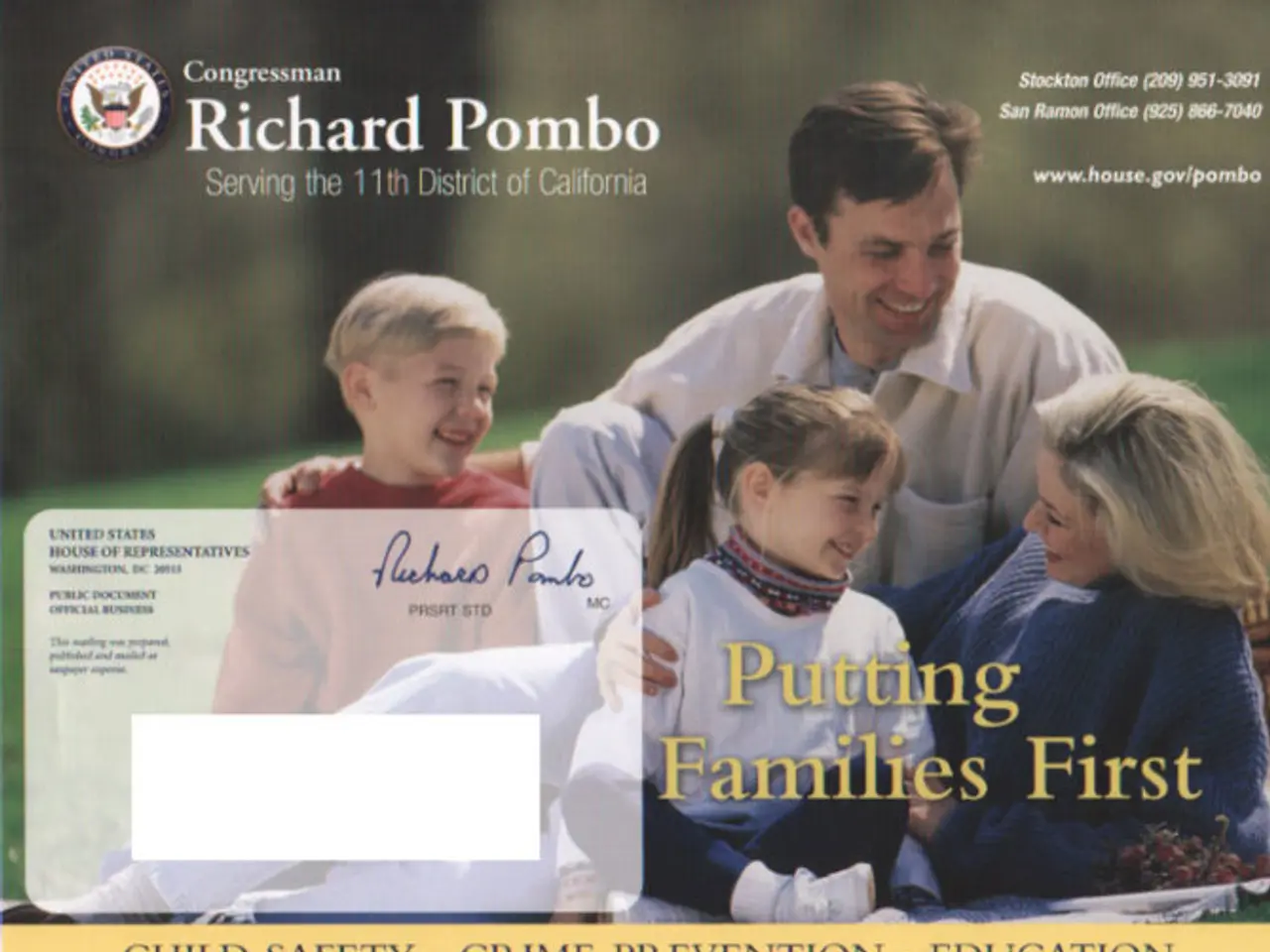Over 70 Varied Examples and Templates for Brand Guidelines, Along with Useful Tips
In today's competitive market, maintaining a consistent brand identity is crucial. One effective way to achieve this is by creating well-structured brand guidelines. This article will explore various aspects of brand guidelines, focusing on one-page brand guidelines that are concise yet comprehensive.
Essential Elements of One-Page Brand Guidelines
One-page brand guidelines typically include key elements such as:
- Logo Usage: Detailed instructions on how to use the logo, including do's and don'ts, sizing, and spacing.
- Brand Color Palette: Primary and secondary colors with their hex and RGB codes.
- Typography: Fonts and styles for headings and body text.
- Imagery Style: Guidelines on photo style or illustration usage.
- Tone of Voice: Brief notes on the brand's personality and communication style.
These essentials fit neatly on one page, providing a quick reference to ensure consistent branding across channels.
Tips for Clarity in Branding
Templates and tips often highlight the following for clarity in branding:
- Keep it simple and visually clean: Use minimal text paired with clear visuals (logos, color swatches, typography samples).
- Use examples: Show logo versions, correct/incorrect uses, and color usage in context.
- Choose fonts and colors reflecting brand personality: For example, Mailchimp’s guide uses friendly, quirky fonts and colors matching their approachable tone.
- Define tone briefly: A short sentence or two about the brand’s communication style adds clarity.
- Use consistent naming and label elements: Each logo variant or color swatch should be clearly named and explained.
Examples and Templates to Explore
Many well-regarded examples of one-page brand guidelines can be found across various industries. For instance, Mailchimp's brand guide is praised for its simple, friendly tone and straightforward logo/color rules, ideal for creating a welcoming brand feel. Slack's guide includes useful co-branding and media usage rules, helpful for partners and collaborations.
Tips for Clear Branding on a One-Page Guideline
- Use simple, symbolic visuals: Align visuals with the brand message.
- Pick fonts and colors: Convey the brand personality clearly and consistently.
- Provide clear, minimal instructions: On logo usage and tone without overwhelming detail.
- Consider your target audience: Ensure resonance by selecting colors, fonts, and imagery styles that appeal to your audience.
- Include a style reference cheat sheet: For quick designer access, and keep comprehensive docs separate if needed.
These concise one-page guidelines serve as a practical “blueprint” to maintain brand consistency efficiently across all marketing and design outputs.
For small businesses, brand guidelines should reflect the mission or goals of the business. White space is important in designs or graphics and should be used in brand guides. Tech brand guidelines templates may include branded gradients, while minimalist coffee shop brand guidelines may include branded tints and shades.
Inconsistent branding can cost a company revenue and trust, so it's essential to invest time and resources in creating clear and effective brand guidelines.
Data visualization can be an effective method for demonstrating the key elements in a one-page brand guideline, such as logo usage, brand color palette, typography, imagery style, and tone of voice. For instance, a bar graph could show the usage of primary and secondary colors alongside their hex and RGB codes, while a pie chart could illustrate the percentage of brand touchpoints where consistency is paramount, like advertisements, social media posts, and packaging.
In the realm of education-and-self-development, having clear brand guidelines can set the stage for successful sports branding. A sports team might utilize concise visuals and clear instructions to consistently showcase their brand identity across various platforms, such as uniforms, merchandise, and social media updates. Such brand guidelines can inspire a strong sense of unity and professionalism among players, coaches, and fans alike, ultimately contributing to the team's success on and off the field.




